This, the third in a series of walks around Rye in the lockdown, looks at remaining buildings from the 19th century industrial past of the town many of which were recorded in the detailed rating survey of 1859. Photographs of each building can be seen in the Gallery at the bottom of the page.
Simply Italian Building, The Strand (photo 1 in the gallery)
The walk starts at Simply Italian on The Strand which was the cargo shipping and shipbuilding centre of the town in the 19th century. The Simply Italian building in squared local sandstone blocks was built about 1800 and was a steam mill occupied in 1859 by Henbrey & Vidler; the former was a member of a local milling family and the Vidlers were shipowners and merchants at The Strand.
The Heritage Centre, The Strand (2)
Moving northwards on The Strand, the Heritage Centre was converted in the 1980s from a listed timber framed warehouse, then part of the Alsford Timber Merchants site but earlier (in 1859) occupied by Nicholas Harvey, a sail maker. To the left in the photograph is the Kettle of Fish restaurant. Recently extended, this was the showroom and offices of the Rye Coal and Coke Gas Company established in 1830. The building itself dates from the turn of the century and is the only remaining structure left from the gas works. Further to the left is the Rye Windmill, the sole survivor of several in and around the town. The mill was burned down in 1930 and was replaced as a shell to comply with the terms of the lease.
Rye Tiles, Wish Ward (3)
Moving into Wish Ward, the Rye Tiles building was one of several breweries in the town. It carries date stones of 1802 and 1840 and was owned by the Meryon family. The louvred panels on the upper part of this elevation relate to ventilation needed in the brewing process. In 1859 it was described as a “brewhouse” and was unoccupied.
Tony Bowles Carpets, Ferry Road (4)
Another listed industrial building is the Tony Bowles Carpets showroom in Ferry Road. This dates from about 1850 and is a timber structure clad in weatherboarding with high level workshop windows. It was the home and workshop of David Huggett, carpenter and builder in 1859.
Former Granary Club, Ferry Road (5)
The former Granary Club in Ferry Road is a large brick building with cast iron internal support beams and columns. It was built about 1887 as the warehouse of Albion Thorpe, corn merchants. It was, for many years, the Granary Nightclub and is now the subject of a recent planning permission for conversion to flats.
Rye Station & Signal Box (6)
The Rye Station and Signal Box are also listed buildings. The station was opened in 1851 to serve the new line between Hastings and Ashford. It was built in Italianate style by the South Eastern Railway’s architect William Tress. The signal box dates from 1894 and according to the listing description is one of only two surviving Saxby and Farmer type 12 boxes, the other being at Wateringbury in Kent. It has recently been refurbished.
Rye Cattle Market (7)
Rye Cattle Market was moved from Market Road in 1859 onto a new site close to the recently established railway. The photograph shows both the Market and Agricultural Halls; the first built as a Corn Exchange about 1870, the second in the later 19th century. The Agricultural Hall became a milk depot and has been the Rope Walk Shopping Mews since the late 1980s following hurricane damage which lifted the roof and deposited it on the writer’s car!
Brewery Buildings, Eagle Square (8)
The second of the three surviving brewery buildings in Rye is at Eagle Square where the former British Legion building was one of the industrial buildings and Eagle House on the right in the photograph was the offices. The house is a listed building dating from about 1800. The third former brewery is the tennis clubhouse in Military Road.
Larkins Saddlery, Landgate (9)
Opposite Eagle House are the buildings on the east side of the Landgate. They were part of Larkin’s Saddlery business in the mid-19th century. Part of the buildings were converted into Rye’s first cinema, the Electric Palace, in 1913. This had the distinction of its own generator electricity supply many years before mains electricity came to Rye in 1925.
Monkbretton Bridge (10)
Our circular tour now takes us around the perimeter of the town close to the river banks. Crossing the Salts, the fishing quay visible through the metal fence was upgraded and modernised in the 1980s. Just visible in the photograph is the Monkbretton Bridge which dates from 1893, before which any road transport to New Romney was via Scots Float two miles to the north of Rye.
Ferry Cottage (11)
An alternative method of crossing the river at the town was by ferry and the Ferry Cottage. The cottage was isolated on the salt marshes next to the tidal river and had no garden. The photograph shows the cottage and an information panel provided by the owner. Please note you are welcome to read the panel from outside the gateway but the cottage is a private home.
Rock Channel (12)
The final leg of the walk passes a number of industrial and more recent housing sites at Rock Channel. One building surviving from the early 19th century is the Rye Sea Cadets building, Training Ship Rye. This was part of Hoad Brothers Shipbuilding Yard and is believed to have been a sail loft. In 1859, the left portion was a house owned by Hoad Brothers and occupied presumably by a staff member. From Rock Channel the road takes us past St Margaret’s Terrace to return to the ‘Simply Italian’ building at The Strand.
Note from Rye News
Alan has written three articles called “Themed Walks of Rye”. Earlier articles can be read here:
Shop fronts in the High Street
Significant Buildings of Rye
Alan has written a number of books which can be purchased here:
Rye History Tour
Rye Through Time 2011
Rye & Winchelsea (Britain in Old Photographs)
His website is at http://www.alandickinson.com/
Image Credits: Alan Dickinson .




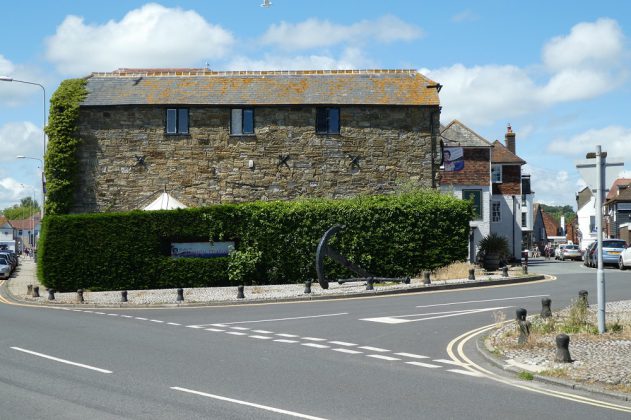
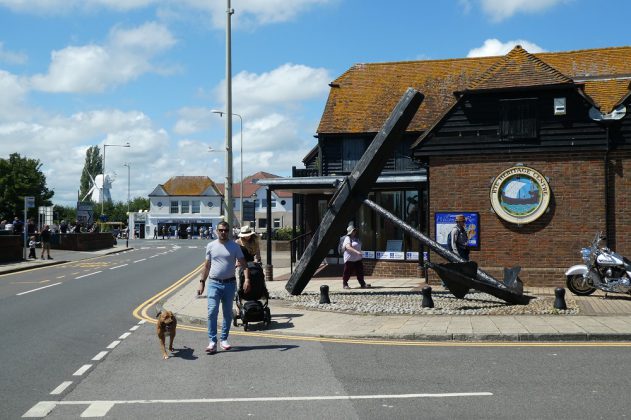
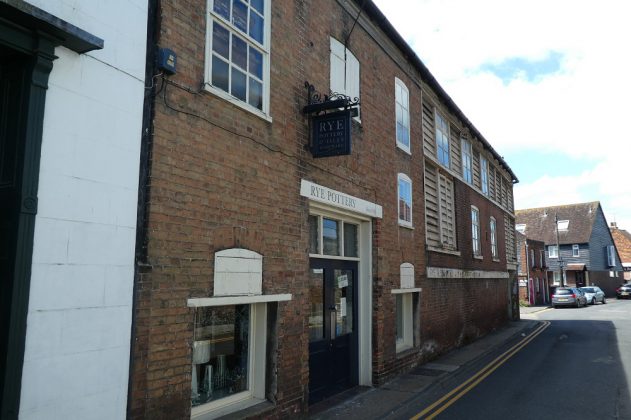
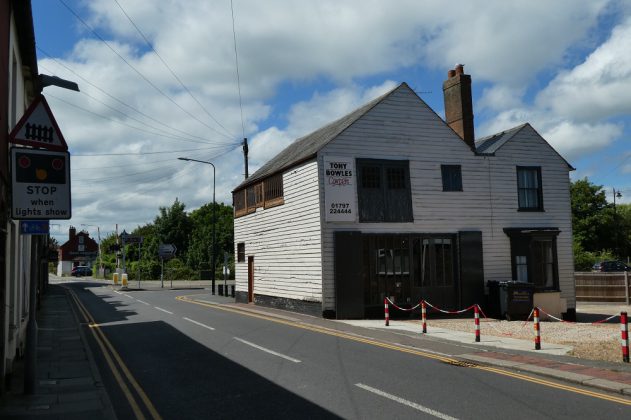
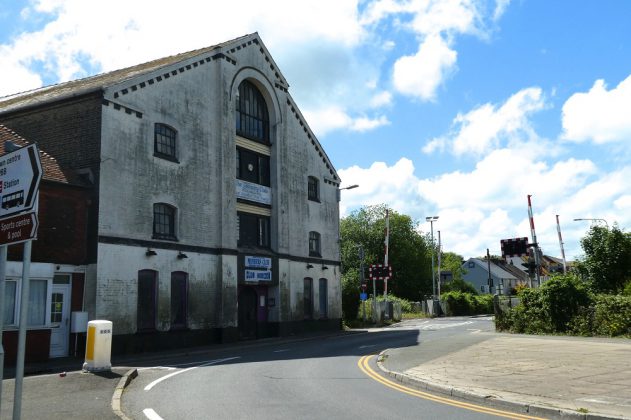
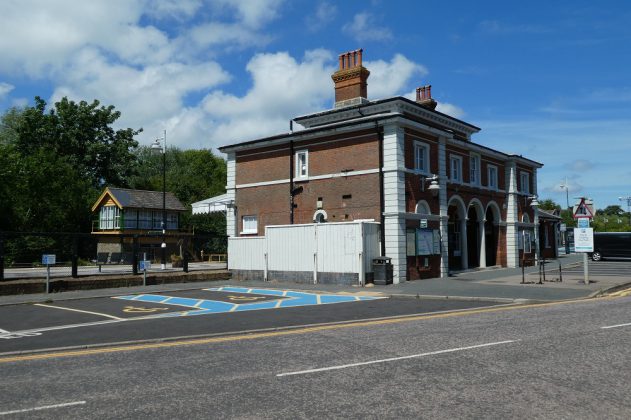
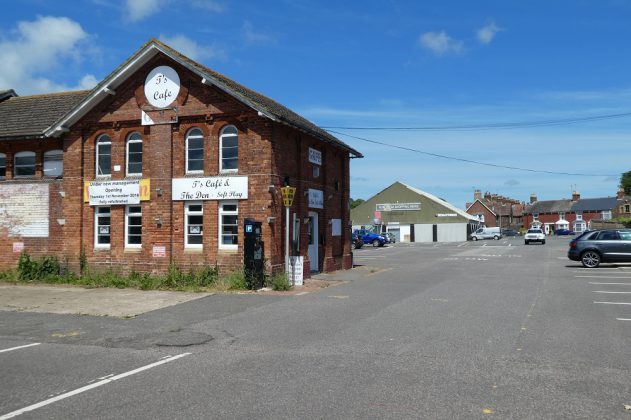
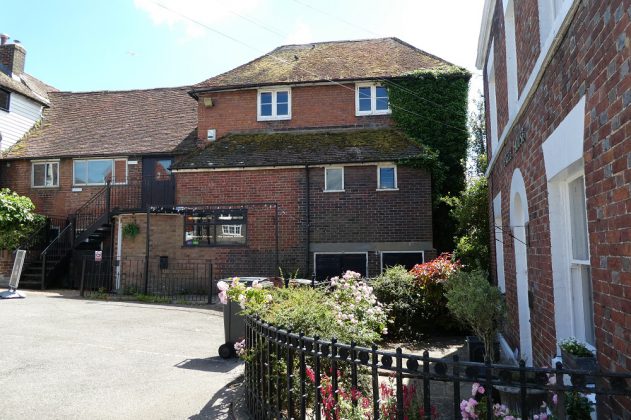
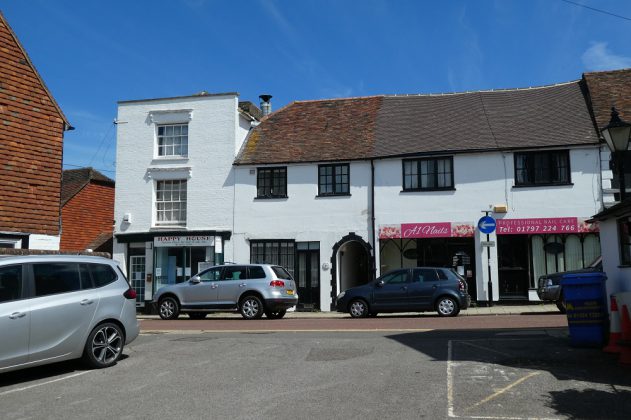
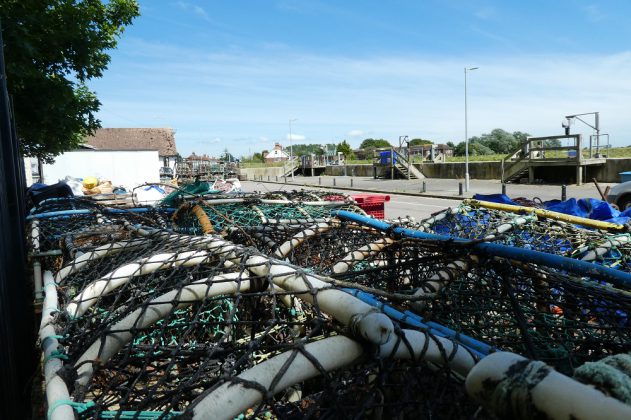
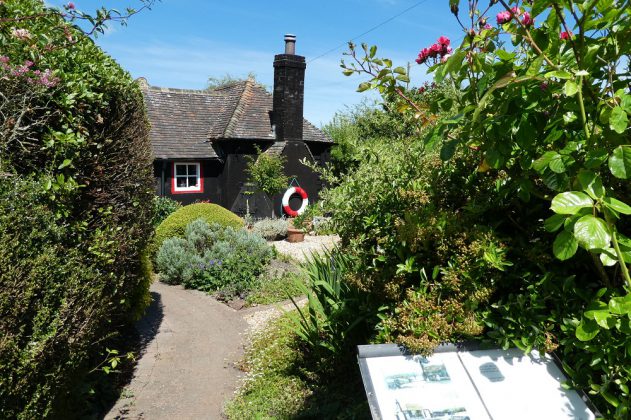
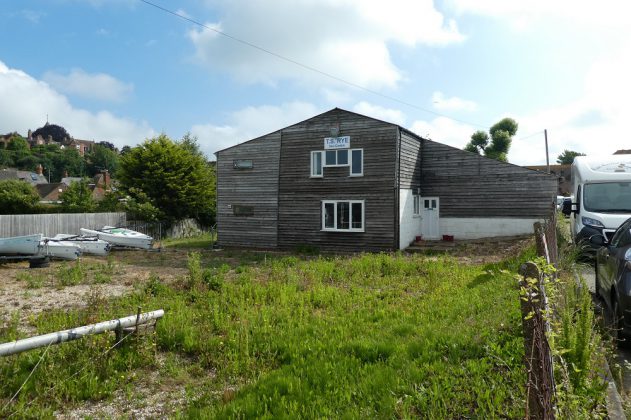
Surprised you haven’t included The Rother Iron Works in your survey. So much history including the making of carriages for the Rye, Camber Tramway.
On a separate note – Where can I find pictures/information on the old Rye Gas Works please.
Also don’t forget the abattoir, adjacent to the market